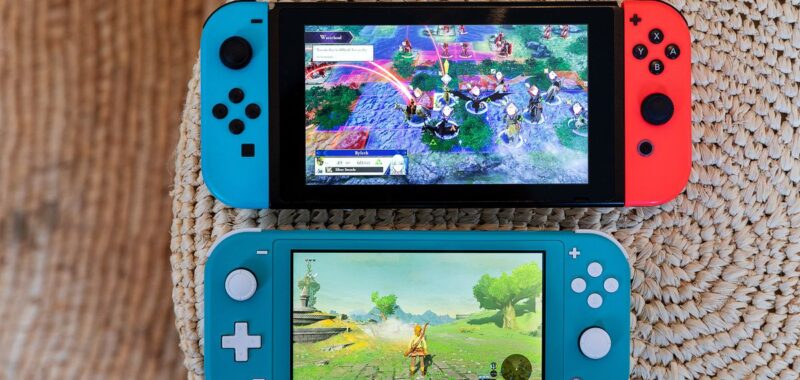Backward compatibility is not a guarantee of success. The Wii U could play most Wii games, and it still ended up being a failure. But it’s a feature that benefits both consumers and the industry at large. In Nintendo’s case, its inclusion was never a sure thing. While bestselling hardware like the Wii and DS were able to play games from their predecessors, Nintendo often started over from scratch with a new console generation — which meant that players did, too.
The library of games you had built up over the lifespan of the Nintendo 64 or SNES stayed with that console. This is what has allowed Nintendo to resell Super Mario Bros. 3 across countless devices; if you want to play the classics on the newest console, you usually have no choice but to buy it again. Otherwise, you’re forced to keep a Wii U around in order to enjoy that copy of The Legend of Zelda: The Wind Waker HD. It sucks for consumers and it sucks for video game preservation, given how quickly older titles can become inaccessible.
Backward compatibility for the Switch is especially notable given what an incredible library it has accumulated. In fact, while the Switch is Nintendo’s second-bestselling piece of hardware, it has sold more games than any other Nintendo platform. During an investor presentation, the company said that the Switch’s “cumulative software sales have reached 1.3061 billion units, setting a new record for a Nintendo gaming platform. More software has been played on Nintendo Switch than on any other Nintendo hardware.”
The decision to support backward compatibility means that all of those games will immediately be available to anyone who picks up the next console. For existing Switch owners, it imbues their collection with more value; for newcomers, it means they have a huge library to dive into from the jump.
Signs have been pointing to this kind of more unified Nintendo for some time. The company’s account system links together various services and games, and more than a decade ago, Nintendo merged its console and portable game development divisions so that everyone was focused on the Switch. It has created more cohesiveness across the company’s offerings, which has become increasingly important as Nintendo branches out in new directions. This has led to at least one sensible decision that sets up the Switch’s successor for a strong start — now we wait to see what oddball decision will make the new console distinctly “Nintendo.”

